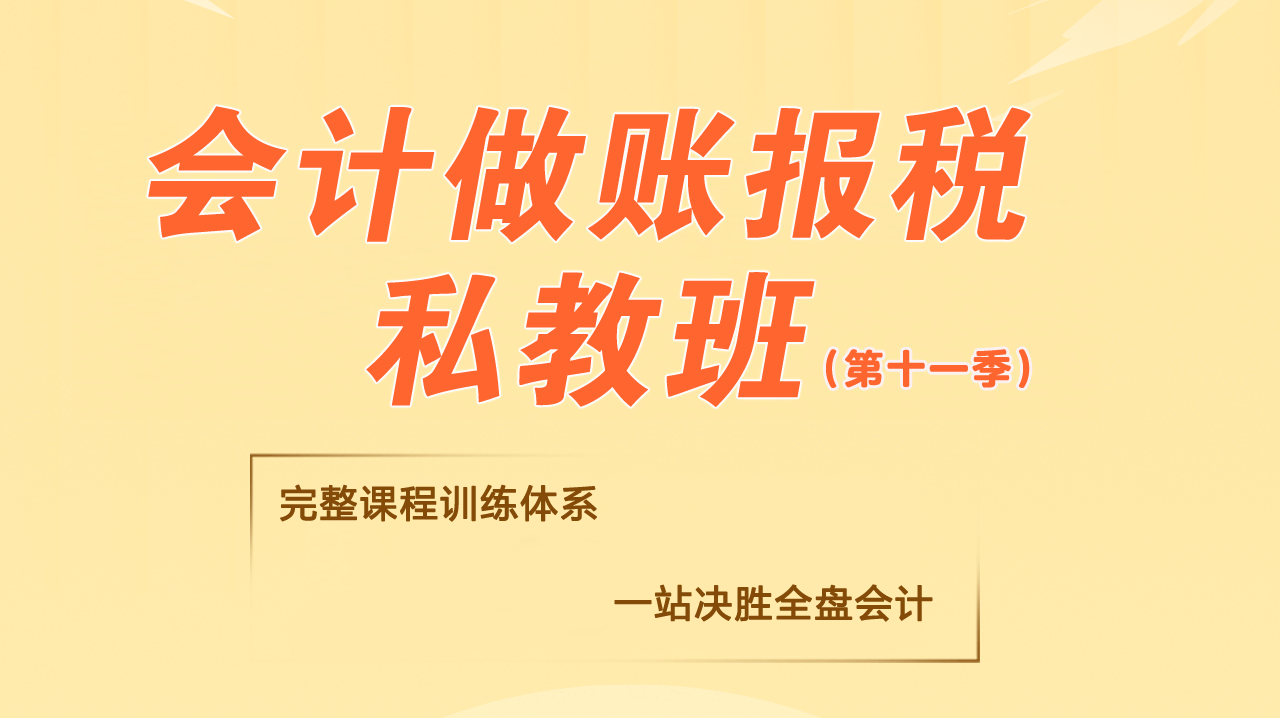美国经济复苏的三种可能:快、慢、短(The Economic Recovery: Fast, Slow Or Neither)
美国经济正在走出自大萧条以来程度最严重、历时最长的衰退。一些经济学家预计,美国经济将强劲复苏,但其他人则认为,经济复苏虽然会是持续的,但也是有气无力的。一些人甚至说,这两种看法都不对,美国经济在短暂反弹后将再度陷入萧条。
对饱受近两年经济衰退之苦的美国人来说,此次经济复苏的具体形式将决定有多少人会继续失业,那些被削减了的公共服务是否能够恢复,以及自己的储蓄和投资能以多快的速度增值。
试图对此次经济复苏的形态进行预测的经济学家们都在考察以往历次经济衰退的轨迹。但始于2007年12月的本轮经济衰退兼具了以往多次经济衰退各自不同的特征。
它像上世纪70和80年代的衰退那样,经济产出大幅下降,而那些年代在衰退结束后经济产出都出现了大幅反弹。伴随本轮经济衰退的信贷危机,也让人回想起上世纪90年代初那些程度较为温和的信贷风波,它们曾将一场相对短期的经济衰退转变成了一场历时多年的缓慢经济复苏。
但将本轮经济衰退与大多数以往衰退区别开来的是一场严重的信贷收缩,一些经济学家认为,其影响预计会持续多年。
无论本轮经济复苏会呈现出何种架构,许多消费者都无法从自己的周边环境中体察出这一复苏。失去的就业岗位是如此众多,以致于当经济开始反弹时失业率仍将维持在高位。就在总体经济形势开始改善之际,大量仍在失业的美国人却将耗尽他们的遣散费和失业救济金,从而面临更加紧张的财务状况。就算消费者找到新工作,如果他们未来几年中将再度失业,届时其已经耗尽的积蓄会使他们更不容易渡过难关。
美国经济复苏走到关键时刻美国经济正逐步走出自上世纪大萧条以来最漫长、最严重的经济衰退,但是复苏之路并不平坦。Sudeep Reddy认为,经济复苏有三种可能。美国经济的某些领域以及美国的某些地区有可能率先复苏。例如,制造业和住房业都已经历了如此严重的萎缩,它们预计很快就将开始复苏。但陷入困境的金融业仍在不断萎缩,原因是银行业正在改善自己的资产负债状况,从而延缓了金融业的复苏进程。
由于谁也说不准本轮经济复苏的具体形式,因此美国人的心态也千差万别,从非常乐观到极度担忧,不一而足。最近几个月,投资者似乎对经济将迅速反弹充满了希望,他们推动股市较3月份时低点上涨了40%以上。《华尔街日报》最新一次调查显示,民间预测人士认为,虽然美国经济正开始扩张,但明年只能缓慢或温和增长2%-3%.大多数企业对经济前景依然心存疑虑,认为明年仍将是艰难的一年。
深度下滑之后是快速反弹
经济在经历了一场严重萎缩之后最常见的道路就是经济活动大幅反弹。在衰退最严重的时期,雇主通常大规模裁员、减产以自保,消费者则推迟了很多重大消费支出项目,以致于经济回归增长会伴随着剧烈的扩张。
上世纪70-80年代的深度衰退之后,企业活动反弹,几个月内,雇主就重新开始迅速地招兵买马。巴克莱旗下Barclays Capital首席美国经济学家马奇(Dean Maki)说,没有哪一场深度衰退之后是温和复苏的。事实证明,在以往的深度衰退结束时,大部分预测人士都过于悲观了。他说,很少有人期望能实现不错的增长,即使增长数据就明明白白地摆在那里。
持强劲反弹观点的预测人士预计,今年年底前,经济的年增长速度将有3%-5%,为启动长期复苏提供所需的动力。
企业将增产、招人,恢复为新的电脑和设备安排资金预算。股市的上涨将帮助恢复消费者信心,刺激在汽车和家用电器等大件商品上的更多支出。一些消费者已经把重要的消费支出项目推迟得很久,最终当他们看到商店里有好买卖时,肯定会开始购买。房屋建设也触底反弹,给了建筑业比过去三年更多一点儿的希望。
在自然反弹3到6个月后,政府财政刺激计划的大部分将会起作用。这将帮助在今年年底到2010年初保持住经济活动的势头,将经济完全推出低迷。
经济焦虑令增长缓慢
经济或许会反弹,不过在迅速反弹的道路上横着很多障碍。支出和放贷的问题可能会使复苏步伐缓慢。
随着失业率的上升(尽管升速较以前有所放缓),消费者信心下降。房主在房价严重下滑后重新安排财务。家庭比这十年来大部分时间都更多地储蓄。这会遏制消费支出,而消费支出占了经济产量的七成。
信贷危机对企业和消费领域的损害可能会持续多年。在银行收缩资产负债规模的情况下,企业轻松获得贷款的可能降低。对房主来说也是如此,他们会发现更难获得新的贷款,而且需要付更高的首付。此外,随着房地产价格的暴跌,现有房主用作抵押的房子的价值不如以前高了。
Global Insight首席美国经济学家高尔特(Nigel Gault)说,经济还将在很长一段时间内继续面临信贷压力。
他说,这是不要指望强劲复苏将来自消费领域的一个原因。这并不意味着消费支出不会增长,而是它不会像以前的扩张那样发挥巨大的引领作用。
因此持增长缓慢观点的人认为,在快速反弹之后,明年的经济更有可能以1%至2%的速度增长,远低于在深度衰退后拉动劳动力市场所需的4%至5%的增速。与美联储为遏制通货膨胀而大幅加息相反,近期的房地产崩溃等泡沫破裂所造成的经济衰退看来会带来失业居高不下的复苏。
企业正在想法设法充分利用现有的资源,而不是预计会出现反弹。
短暂复苏过后是新一轮的萧条
美国经济在未来几个月很可能会因生产的回升而顺其自然地受到提振。在此之后,它会在今年底和明年初得到财政刺激计划的一些推动。
但之后又会怎样呢?
经济是如此的疲弱,消费者多年都不会看到有意义的加薪,他们通过借款驱动支出的能力也会下降。因此,消费者可能会进行一些推迟良久的大宗采购,然后捂好自己钱包,继续省吃俭用。
恐慌期过后,企业对严重衰退后的大幅开支仍会持谨慎态度。由于税收的直线下降,州和地方政府可能继续削减支出。银行业的麻烦也未结束。随着坏账的增加,止赎现象仍在上升。
一旦来自联邦政府的刺激效应减弱,经济可能会缺乏诸如消费开支或企业投资这种主要的推动力量,有可能再度回到收缩阶段。1980年,在经过短短6个月的衰退后,经济出现复苏,但随后又在一年内再度陷入衰退。通货膨胀率的飙升迫使美联储将利率提高到两位数的水平,进一步推高了借贷成本,引发了痛苦而漫长的经济衰退。上世纪40年代末和50年代时的经济衰退就是在之前的衰退结束仅仅3年后又卷土重来的。这是因为企业可以从战争等危机中反弹,但后来又发现复苏无法持久。
美国政府的巨额支出加剧了目前的担忧。部分经济学家担心,巨额赤字将推高利率,由此而提升消费者和企业的借贷成本。
The U.S. economy is pulling out of its deepest and longest recession since the Great Depression. Some economists expect a powerful recovery, others a sustained but muted one. Some even say it will be neither: a fleeting rebound quickly followed by a second slump.
For Americans beleaguered by almost two years of economic pain, the contours of the recovery will determine how many people linger without jobs, whether cutbacks to public services are restored and how quickly savings and investments gain value.
Economists trying to predict the shape of the recovery look for parallels in previous recessions. But the current downturn, which started in December 2007, has echoes from a multitude of economic slowdowns.
It featured the same kind of deep dive in economic output of the 1970s and 1980s recessions, which were followed by sharp rebounds. The credit shock from the latest downturn also recalls the milder credit headwinds of the early 1990s, which turned a relatively short recession into a slow multiyear recovery.
But what distinguishes this recession from most others before it is a severe credit contraction whose effects, some economists believe, are likely to linger for years.
Whatever the structure of the recovery, many consumers won't detect a change in their own circumstances. So many jobs have been lost that the unemployment rate will remain high when the economy begins to rebound. Large swaths of still-jobless Americans will have exhausted their severance payments and unemployment benefits, putting them under further strain even as the overall economy picks up again. And once consumers find new work, their depleted savings will leave them more vulnerable if they were to face another job loss in the next few years.
Some sectors of the economy —— and regions of the country —— are likely to recover earlier than others. The manufacturing and housing sectors, for instance, have contracted so deeply that they are likely to start recovering soon. But the troubled financial sector still is in the process of contracting as banks reshape their balance sheets, putting its recovery further down the road.
Facing a range of potential recovery scenarios, Americans are displaying everything from strong optimism to anxious caution. In recent months, investors have seemed hopeful about the prospects for a robust recovery, pushing stocks up more than 40% from their recession lows in March. Private-sector forecasters in the latest Wall Street Journal survey say the economy is starting to expand, but to expect slow to modest growth of between 2% and 3% next year. Most businesses remain hesitant, bracing for a painful year ahead.
A Sharp Rebound
The most common path for the economy after a severe contraction has been a huge rebound in economic activity. Employers usually slashed their payrolls and output so sharply to protect themselves, and consumers postponed so many major purchases during the worst of the downturn, that a return to growth came with a fierce expansion.
After the deep recessions of the 1970s and 1980s, business activity rebounded and within several months employers were rapidly rebuilding their payrolls. 'You can't find a single deep recession that has been followed by a moderate recovery,' said Dean Maki, chief U.S. economist at Barclays Capital. And most forecasters proved to be too pessimistic as prior deep recessions ended. 'Very few people were looking for the kind of growth numbers that were actually printed,' he said.
Forecasters who support the strong-rebound view expect the economy to grow at a 3% to 5% annual rate through the end of this year and provide the power needed to spark a longer-term recovery.
Businesses would ramp up output and hiring, restoring capital budgets for new computers and equipment. Rising stock values would help restore consumer confidence and spur additional spending for major goods such as cars and appliances. Some consumers put off key purchases for so long that eventually they must come around when they see good deals on store shelves. Housing construction also is coming off rock-bottom levels, giving the construction sector a bit more hope than it has had for the past three years.
After the natural rebound for three to six months, the bulk of the government's fiscal stimulus program would kick in. That would help sustain activity at the turn of the year and in early 2010, fully propelling the economy out of the downturn.
Economic Anxiety Keeps Growth Slow
The economy may bounce back, but plenty of barriers block the path to a sharp rebound. Trouble with spending and lending could potentially make the recovery a slog.
Consumer confidence is falling as job losses mount —— albeit at a slower pace than before —— and homeowners reshape their finances after severe declines in home values. Households are saving more than they have for most of this decade. That's suppressing consumer spending, the engine for 70% of economic output.
The credit shock is likely to impair the business and consumer sectors for years. Businesses are less likely to get easy loans as banks shrink their balance sheets. That's also true for homebuyers who are finding it harder to get new loans and would need to offer up larger downpayments. And, as real estate prices have tumbled, existing homeowners can't borrow against the value of their homes as they once did.
The credit headwinds 'will continue to hang over the economy for a long time,' said Nigel Gault, chief U.S. economist at Global Insight.
'It is one reason not to expect a strong recovery coming from the consumer side. It doesn't mean consumer spending won't grow, but it won't be a big leader the way it has been in previous expansions.'
So after a quick bounce, proponents of the slow-growth view say the economy is more likely to expand at a 1% to 2% rate over the next year —— well below the 4% to 5% that's necessary to heal the labor market after a deep downturn. Recessions caused by bursting bubbles like the recent housing collapse —— as opposed to sharp rate increases by the Federal Reserve to thwart inflation —— seem to be followed by jobless recoveries.
Businesses are finding ways to stretch their existing resources rather than expect a rebound.
A Brief Rebound,Then a New Slump
The economy is likely to see a natural boost in the coming months from a rebound in production. After that, it will get some help from the bulk of the fiscal stimulus program late this year and early next year.
But then what?
The slack in the economy is so large that consumers won't see meaningful raises for years, and they will have less borrowing power to drive their spending. So consumers could make some of the big purchases they have been postponing and then close their wallets to save more.
Businesses, after a frightening period, could remain cautious about ramping up after a severe downturn. State and local governments could continue to cut back as tax revenue plummets. And the troubles aren't over for the banking sector. Foreclosures are still shooting up as loans go bad.
Once the boost from the federal government diminishes, the economy could still be without a major driving force such as consumer spending or business investment to push it forward —— risking a return to its contractionary phase. After a brief six-month recession in 1980, the economy recovered but then relapsed within a year. Soaring inflation forced the Federal Reserve to raise interest rates to double-digit levels, pushing borrowing costs higher and spurring a painful and lengthy recession. The late 1940s and 1950s each saw recessions return just three years after the prior downturns ended. That is because businesses can bounce back from crises —— such as wars —— but then find that the recoveries aren't durable.
Today's fear is compounded by the heavy federal spending. Some economists worry high deficits will push interest rates —— and borrowing costs —— higher for consumers and businesses.



